Kilimanjaro Altitude Sickness
Kilimanjaro Altitude Sickness is common among trekkers scaling the mountain. Its cause, symptoms, and preventative measures are important to know beforehand so that you can have a smooth climbing experience.
Here, we’ll go over all these Kilimanjaro Altitude Sickness factors along with some golden rules you should follow when Climbing Mount Kilimanjaro.
Kilimanjaro Altitude Sickness
What Causes Altitude Sickness?
The main causes of altitude sickness when Climbing Mount Kilimanjaro are when you expose yourself to high elevations and high altitudes above 2,400 meters and lack of proper acclimatization.
Since Mount Kilimanjaro’s height is 5,895 meters, this is way above the standard elevation of 2,400 meters. This in turn causes climbers physical distress and difficulty in adjusting to the lower oxygen pressure.
- At these higher altitudes, the air becomes less compressed and thinner causing Mount Kilimanjaro Altitude Sickness.
- It can be severe at times and makes your body weak. This is exactly the reason why you need to ascend the mountain slowly.
- This gives your body plenty of time to adjust to the reduced oxygen levels.
- If the symptoms become severe, there’s the possibility of evacuation or descent.
A Fact – At the summit of Kilimanjaro, you breathe in only half the oxygen compared to sea level.
How Dangerous Is Altitude Sickness On Kilimanjaro?
Altitude Sickness in Kilimanjaro needs to be taken seriously. Be mindful that young, fit, and healthy climbers are also at risk. Everyone acclimatizes at different rates. Thus, no one can predict how each person will react to the higher elevation gains.
Hence, when it comes to the question of How to Prepare for Kilimanjaro Altitude – we advise that you go for a Kilimanjaro Route that has a duration of 8-9 days. For most of the climbers, the rate of ascent is just slow enough that their bodies will have enough time to adjust to the ever-increasing altitude.
Types Of Altitude Sickness
There are three kinds of altitude sickness that climbers tend to experience on Kilimanjaro. Below is an exploration of each of the types:
Acute Mountain Sickness (AMS)
Mild altitude sickness is also referred to as Acute Mountain Sickness. This is on the lower level of the altitude sickness spectrum and isn’t a major issue, though it is unpleasant.
It is a fact that once you climb over the height of 3,000 meters, more than 75% of people will develop symptoms of AMS.
Severe Altitude Sickness – HAPE AND HACE
The two serious conditions connected with severe altitude sickness include:
- High Altitude Pulmonary Edema (HAPE)
- And, High Altitude Cerebral Edema (HACE)
HAPE is the build-up of fluid in the lungs whereas, HACE is the swelling of the brain caused by a lack of oxygen.
These conditions are very rare but when they do occur it is usually because a climber goes too high too quickly. This is why you must descend the mountain right away if you develop severe symptoms. To help you figure out what the mild and severe symptoms are, we’ll move on to the next section.
Symptoms Of Altitude Sickness
There are three different levels of Kilimanjaro Altitude Sickness Symptoms. I.e. Mild, moderate, and Severe. We’ll discuss them in detail below along with ways to effectively counter them:
| SYMPTOMS OF ALTITUDE SICKNESS |
MILD |
MODERATE |
SEVERE |
| Headache |
X |
X |
X |
| Nausea/Vomiting |
X |
X |
X |
| Fatigue |
X |
X |
X |
| Dizziness |
x |
X |
X |
| Insomnia |
- |
X |
X |
| Loss of Appetite |
- |
X |
X |
| Shortness of Breath |
- |
X |
X |
| Difficulty Sleeping |
- |
- |
X |
| Confusion/Disorientation |
- |
- |
X |
| Persistent Coughing |
- |
- |
X |
| Lack of Coordination |
- |
- |
X |
| Coughing up Blood |
- |
- |
X |
| Chest Tightness |
- |
- |
X |
| Pulmonary Edema |
- |
- |
X |
| Cerebral Edema |
- |
- |
X |
Now that you know what the symptoms of Kilimanjaro Altitude Sickness Symptoms, let’s see some ways you can treat them if the need arises:
Mild – These symptoms tend to disappear if you rest for a day at the elevation level where they originally started to show. This is also the reason why an acclimatization day where you get to climb high and sleep low is important.
Moderate – Descend at least 1,000 feet (300 meters) or more if necessary. Remain at a lower altitude until the symptoms fade away. Once the symptoms subside, you will have properly acclimatized. After that, you can ascend again.
Severe – Seek immediate medical help and take pain relievers and if the need comes, use supplemental oxygen.
How Is Altitude Sickness Diagnosed?
When Climbing Kilimanjaro, the guides and mountain crew use a pulse oximeter to measure the oxygen saturation levels and pulse rate. This data along with any symptoms that a climber shows, builds up a picture of the situation.
The Lake Louise Scoring System
Lake Louise Scoring System is the basis of most of the diagnoses of a climber’s condition on Kilimanjaro. Our guides also utilize this as a framework when they need to assess the climber’s condition. The scores are of a number and are based on the severity of the climber’s condition.
| For Headaches |
For Gastrointestinal Symptoms |
| None at all |
Good Appetite |
| Mild |
Poor Appetite or Nausea |
| Moderate |
Moderate Nausea |
| Severe |
Severe Nausea |
| For Fatigue and Weakness |
For Dizziness/Light-Headedness |
| Not weak or tired |
No dizziness |
| Mild |
Mild |
| Moderate |
Moderate |
| Severe |
Severe |
| AMS Clinical Functional Scores |
| Not at All |
| Symptoms were present, but they did not force any change in the climb |
| Symptoms forced me to stop the ascent and go down |
| Had to be evacuated to a lower altitude area |
Note – Monitoring your health is essential in Kilimanjaro to ensure early detection of altitude-related issues and prevent life-threatening conditions.
How Do You Prevent Altitude Sickness On Kilimanjaro?
The following are some precautionary measures you can take to prevent altitude sickness when climbing Kilimanjaro:
Walk High, Sleep Low
Climbing high and sleeping low can help prevent the effects of altitude sickness. This makes sure that you get used to the lower oxygen levels on the mountain plus you get to recover gradually overnight while you rest.
Staying Hydrated
We advise climbers to drink at least 3 litres of water per day. A well-hydrated body helps in acclimatization. Altitude sickness on Kilimanjaro resembles the symptoms of dehydration. Thus, remember to drink as much water as you can.
Take the Longer Route
A Kilimanjaro Climbing Route that has an overall duration of more than 8 days is recommended. Taking sufficient time helps you to acclimatize to the high altitude and reduces discomfort, therefore reducing the risk of altitude sickness.
Choosing the Right Climbing Operator
It’s paramount to climb with a responsible climbing operator that has a group of experienced crew and guides. Our team at African Scenic Safaris is made up of Wilderness First Responder guides that always monitor every individual’s altitude acclimatization.
Keep the Daypack Light
Don’t carry on extra weight in your daypack because that will be an unnecessary burden. You can learn more about what to keep on your Kilimanjaro Daypack here.
Preparation Before Climbing
Being prepared both physically and in your mind goes a long way to preventing altitude sickness on the mountain. A great way to be physically prepared and to undergo Training For Kilimanjaro would be to climb Mount Meru first. This will give you a good idea of how well you can acclimatize on Kilimanjaro.
Important Pointer – Completely avoid the use of narcotic painkillers, sleeping pills, or any other stimulant while on the mountain.
Who Is At Risk Of Altitude Sickness?
There’s no clear answer as to what categories of individuals are specifically at risk of altitude sickness on Kilimanjaro. Altitude sickness affects almost everyone, no matter what age, gender, or physical fitness level.
Though one way you can counter the effects of altitude sickness is by taking part in Altitude Training for Kilimanjaro. It’ll be a great way to familiarize yourself with higher elevations.
On Kilimanjaro, it's not just the mountain you must conquer, but the thin air that tests your strength with every step toward the summit.
Rules To Follow
Make sure to follow these rules on Kilimanjaro, they will help you a lot in combating altitude sickness:
- Do not over-exert yourself on the mountain and make it a point to go as slowly as possible.
- Choose a Kilimanjaro Route that has more days. We recommend either the Lemosho Routeor the Northern Circuit Route.
- If you have the time and option, then pre-acclimatization will be highly beneficial. A great option is trekking Mount Meru, with a height of 4,565 metres.
Interesting Trivia: – Altitude.org has a set of 3 golden rules when at an altitude. You can follow these during your Mount Kilimanjaro Climbing Expedition. Firstly, if you feel unwell, you have altitude sickness until it is proven otherwise. Next, do not ascend any further if you show altitude sickness symptoms. And, lastly, if the symptoms get worse, descend immediately.
Prioritize The Altitude Sickness Measures On Kilimanjaro!
Kilimanjaro Altitude Sickness can be a risk on the mountain, but it can also be avoided with careful planning and preparation. Stick to all the preventative measures we have mentioned in this read and you’ll be equipped with adequate information for your Mount Kilimanjaro Hike.
Explore Kilimanjaro Travel Guide
Find essential topics below to help you plan, prepare, and enjoy your Kilimanjaro travel experience fully.
Climb Kilimanjaro With Us
Get ready for a mountain adventure with real advice, smiling guides, and simple help that actually works. We’re with you from start to summit.
Frequently Asked Questions
Yes, altitude sickness can occur on Mount Kilimanjaro, as it is the highest free-standing mountain in the world with a summit of 19,341 feet (5,895 meters) above sea level.
The symptoms of altitude sickness include headache, nausea, vomiting, fatigue, dizziness, loss of appetite, insomnia, and shortness of breath.
To prevent altitude sickness on Kilimanjaro, you should ascend slowly, follow the principle of "climb high, sleep low", drink plenty of fluids, eat well, and take preventive medications such as acetazolamide (Diamox).
Anyone who climbs above 8,000 feet (2,438 meters) without proper acclimatization is at risk of facing altitude sickness on Kilimanjaro.
Altitude sickness on Kilimanjaro can be worsened by overexertion, dehydration, cold weather, lack of sleep, and continuing to ascend despite having symptoms.
The symptoms of HAPE (High Altitude Pulmonary Edema) include coughing, chest congestion, pink or frothy sputum, difficulty breathing even at rest, rapid heart rate, and cyanosis (bluish skin).
The symptoms of HACE (High Altitude Cerebral Edema) include confusion, disorientation, hallucinations, loss of coordination, seizures, coma, and death.
To prepare for Climb Kilimanjaro to avoid altitude sickness, you should consult your doctor before the trip, get a medical check-up and clearance, train your cardiovascular endurance and strength, pack appropriate clothing and gear, and choose a reputable tour operator with experienced guides and porters.
The best way to treat altitude sickness on Kilimanjaro is to descend to a lower elevation as soon as possible. You should also rest, hydrate, and take medications such as acetazolamide (Diamox).
The most common Kilimanjaro Altitude Sickness Medication used to prevent altitude sickness is acetazolamide (Diamox). This helps your body acclimatize faster by increasing your urine output and reducing the acidity of your blood.
Simbo Natai, founder of African Scenic Safaris, crafts sustainable, meaningful Tanzanian journeys rooted in his deep local knowledge and passion.
Director





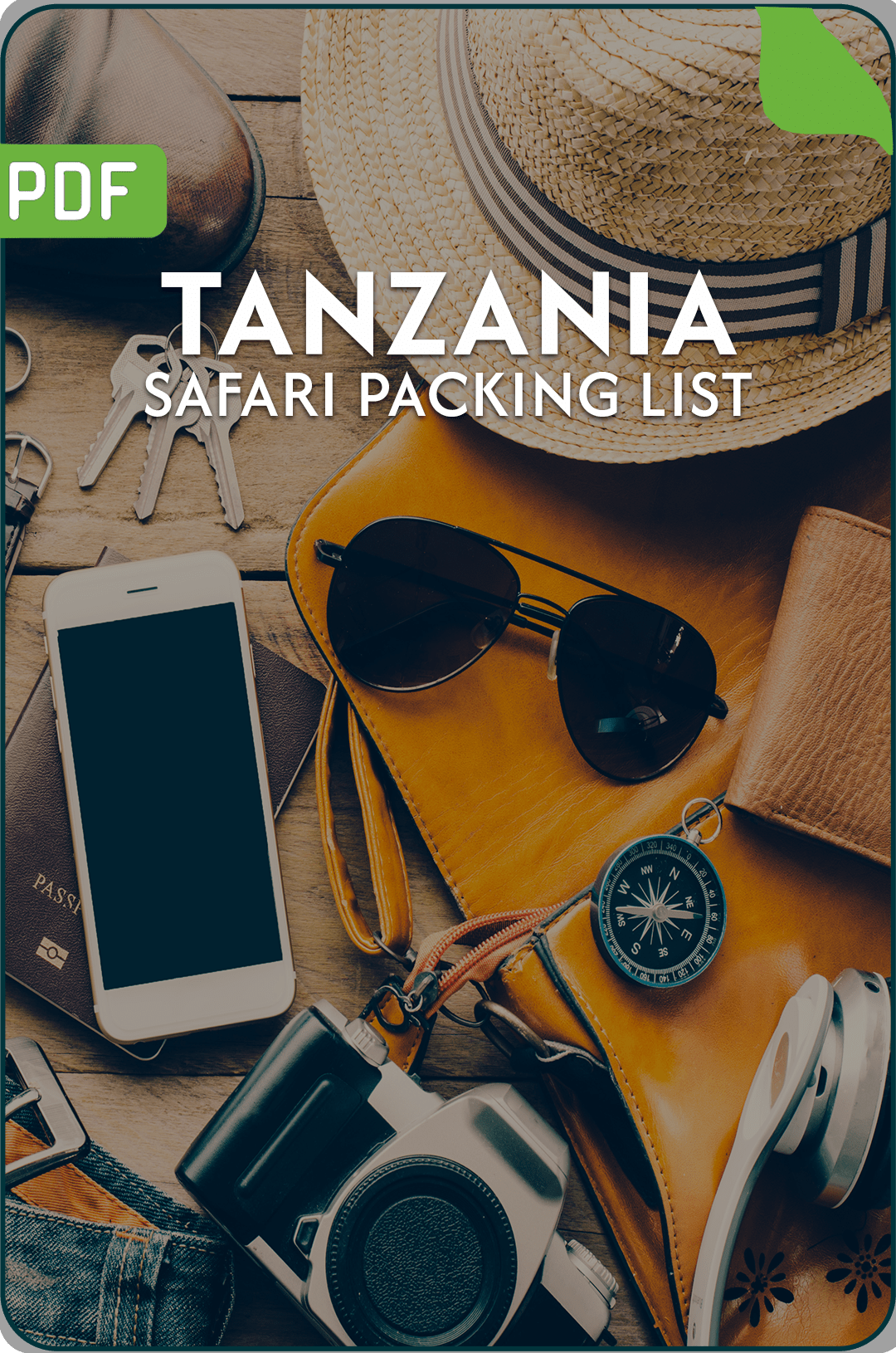

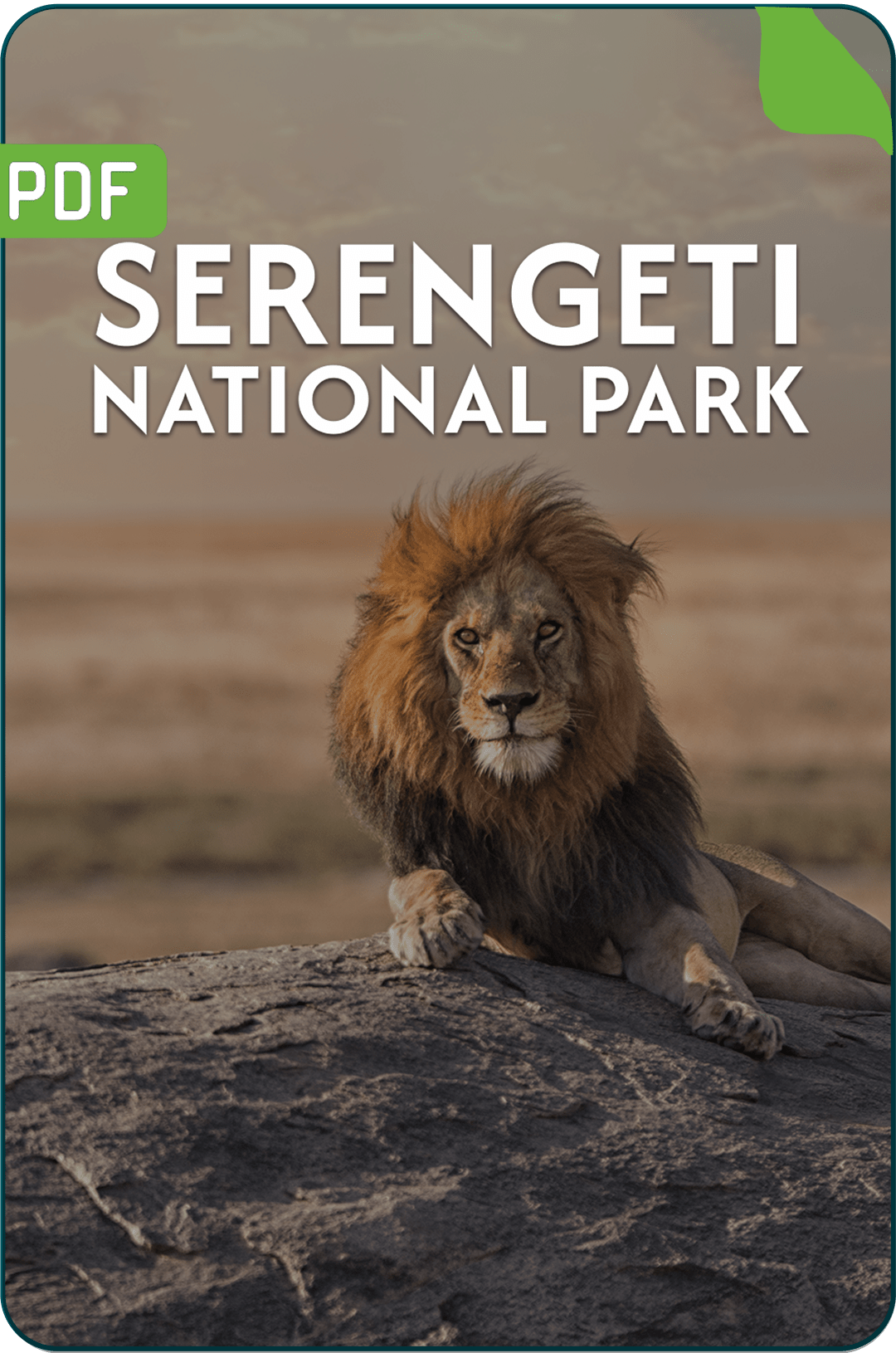
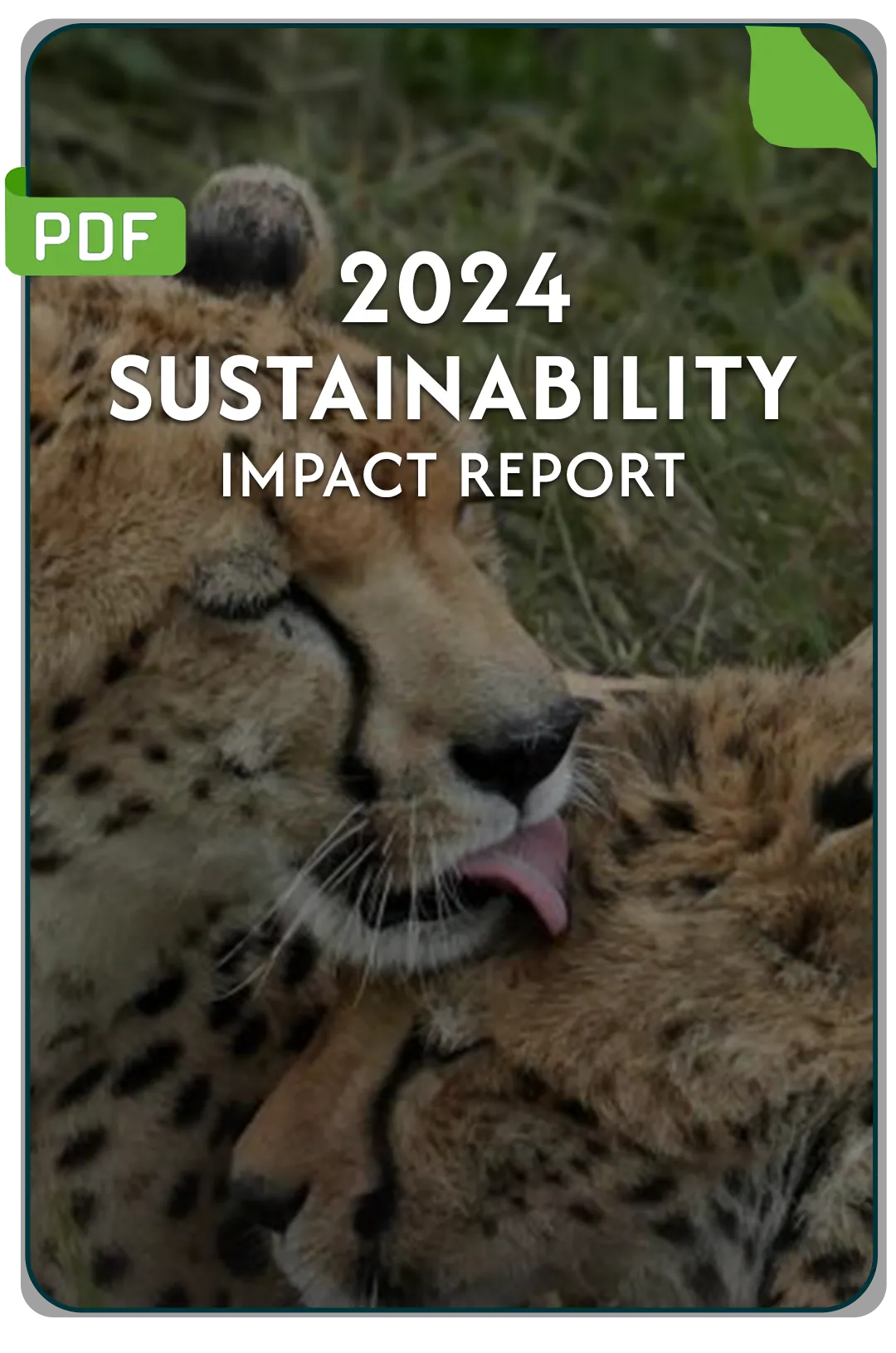







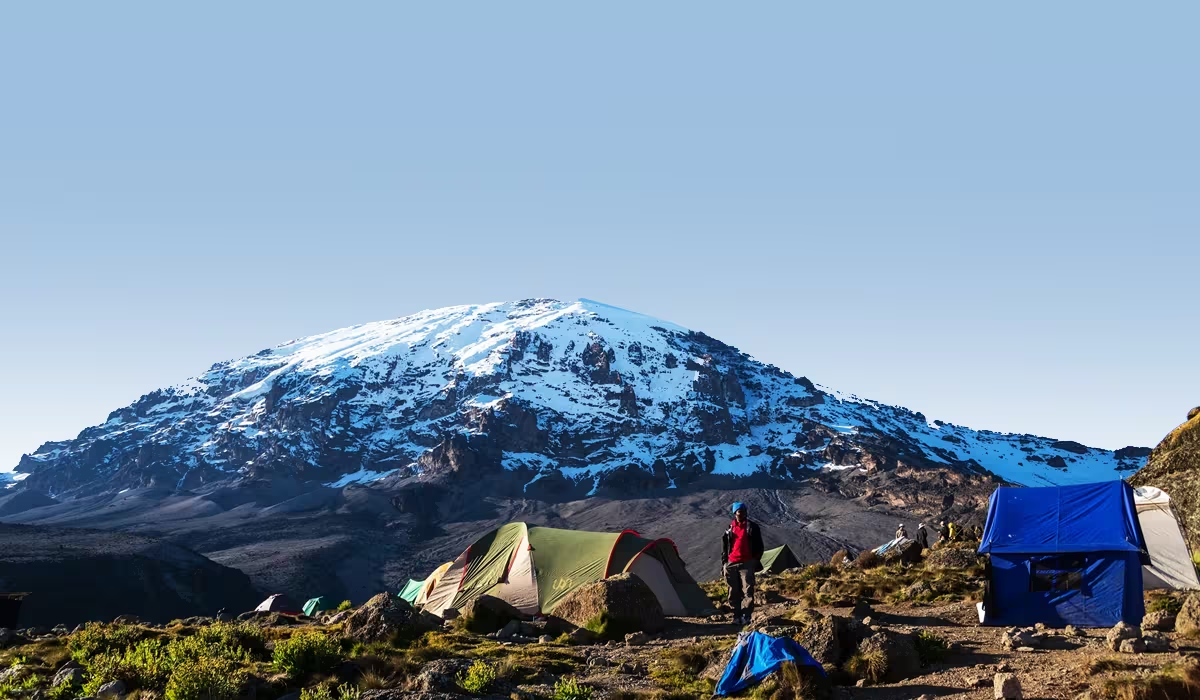

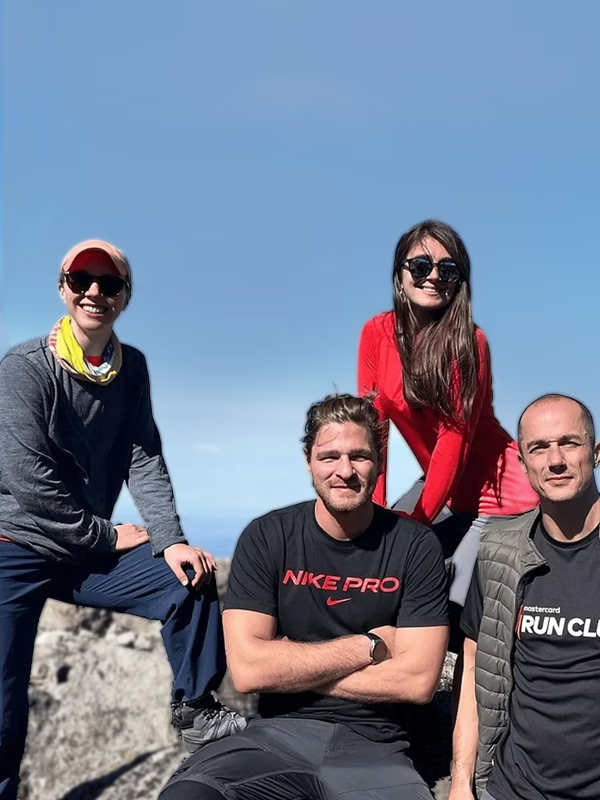
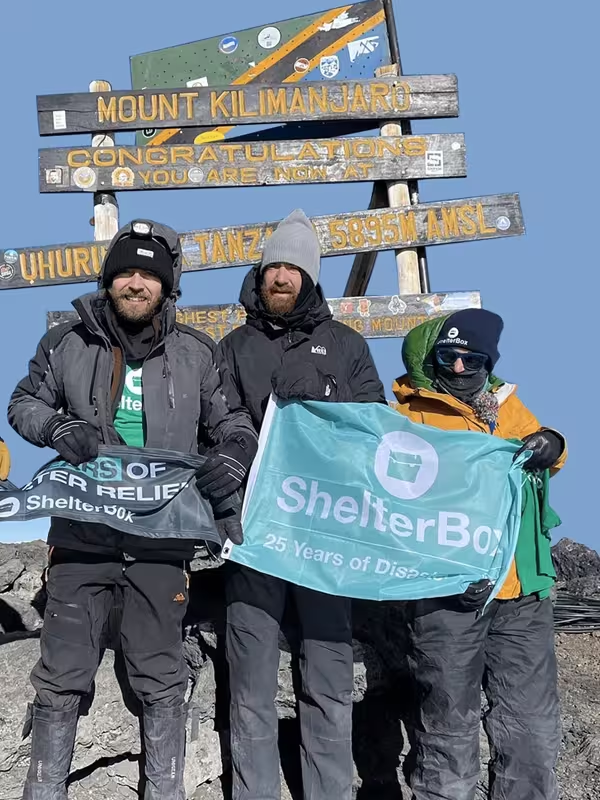




 African Scenic Safaris #1 on TripAdvisor
African Scenic Safaris #1 on TripAdvisor 




